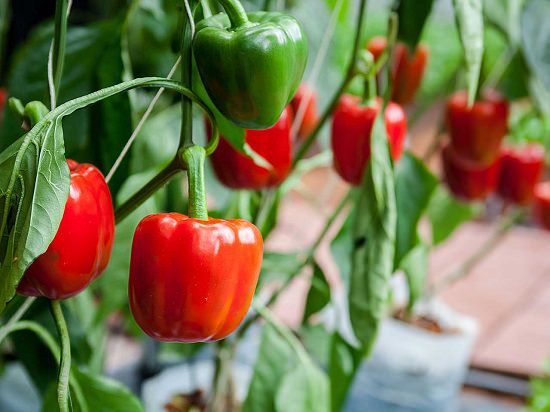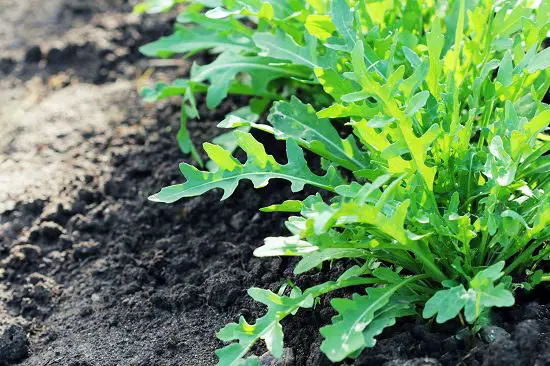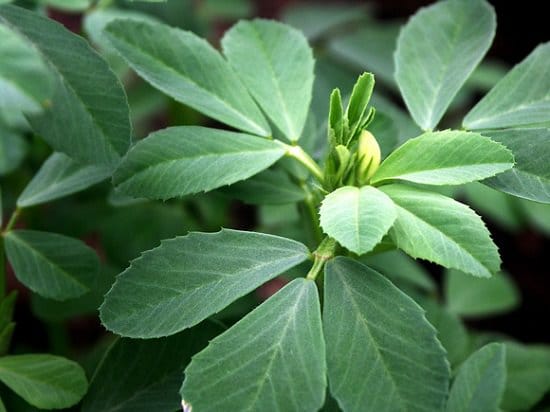Learn how to grow a salad garden. If you’re a beginner and started gardening recently, read below to find out about the vegetables you’ll need to grow.
Learn how to make a salad garden. You don’t need a lot of space or a regular garden for this. If you only have a patio or balcony and a few containers, you can still do this.
Lettuce
First, you need to decide which type of lettuce you would like to grow: looseleaf, butterhead, Cos (Romaine), and crisp ones.
Planting lettuce depends on your climate, in cooler climates we plant it in spring. It can be grown all summer long in your salad garden. Lettuce likes cool weather and if you’re growing lettuce in warm subtropical or tropical climate, plant it in fall or winter.
Peppers
Peppers and chilies are grown the same way. These are not cold hardy and must be planted after the lettuce and radishes. There are many varieties to choose from and it is up to you what you like to grow.
Peppers should be planted 2 weeks after the last frost date of your area. They grow best when the days are 70 F to 75 F (21 C to 24 C) or warmer. Peppers can be started with the seed or you can buy potted plants from a local nursery.
Pepper plants prefer light, well drained and slightly moist soil and full sun. Transplant seedlings when they are at least 5-6 cm in height. Keep the new plants watered frequently to give them a good start. You can grow them both on the ground and in containers.
Also Read: How to Grow Banana Peppers
Radishes and Carrots
Radishes are easy to grow. You can plant them almost anywhere as long as they get plenty of sun. Plant radishes with carrots about the same time together. Both are easy to grow and companion to each other. They require similar growing conditions and if you’re a new gardener try them in your salad garden.
Sow the carrot and radish seeds together, radishes are ready to harvest more quickly and make more rooms for carrots to grow and develop.
Also Read: Companion Plants for Carrots
Spinach
Spinach salad is popular, especially with pecans. There are dozens of recipes available if you search the web and that’s why spinach is a good addition to your salad garden.
Spinach likes full sun in cooler zones and partial shade in warmer zones. Use fertile soil to grow spinach, add aged manure or compost. Spinach can also be planted in a pot or a planter, just do the regular watering and fertilize often for vigorous growth.
Tomatoes
If you’re growing a salad garden, tomatoes should be there, they are the easiest to grow yet most admired. Myriads of varieties are available for both small and large space. You can even grow them in hanging baskets. Choose tomato variety according to your growing conditions and space you have.
Also Read: How to Grow Tomatoes on a Balcony
Arugula (Rocket)
Arugula, which is also called “Rocket or Roquette” is a spicy flavored green leafy vegetable. Grow arugula in your salad garden in spring or in fall. Space plants 12 inches apart in a location that is sunny or partially shady.
Arugula grows fast and if you’re growing it in warm weather, it blooms and set seeds quickly so you’ll need to cut bloom stalks for a longer harvest.
Fenugreek
Fenugreek is a tropical plant and can be grown year round in frost free climates. Fenugreek can be added to salads, you can also grow it indoors.
To know more about growing fenugreek, read this guide.
More Plants for your Salad Garden
Tips for Salad Garden
Grow salad greens on a raised bed or a wide planter.
Leafy vegetables prefer nitrogen rich soil. Prepare soil before sowing seeds, add a lot of compost or manure.
All the plants in this list grow well in slightly moist soil.
Apart from tomatoes and peppers, you can grow these salad vegetables even in 4 to 6 hours of sun.
If the temperature is more than 75 F (24 C) grow salad greens in shade (morning sun) to prevent them from bolting (forming seeds).
Do succession planting of salad greens for continuous harvest, sow seeds every other week or so in the growing period.
You can harvest these leafy vegetables multiple times. When you need to harvest, cut the plant an inch above from the soil line. They will regrow again.











